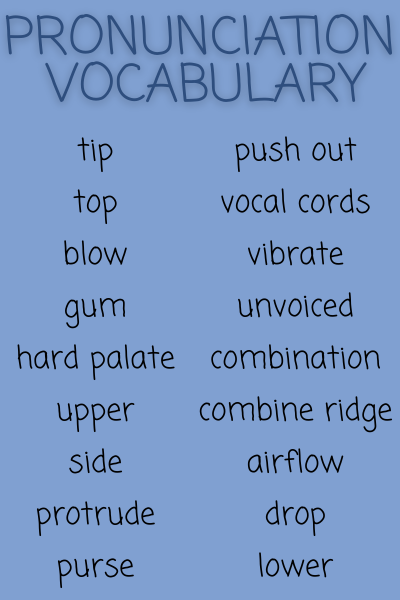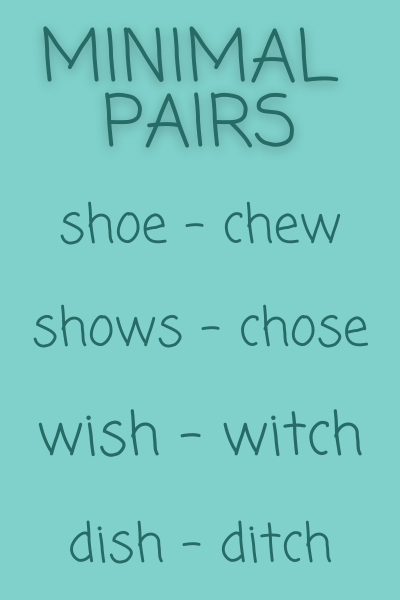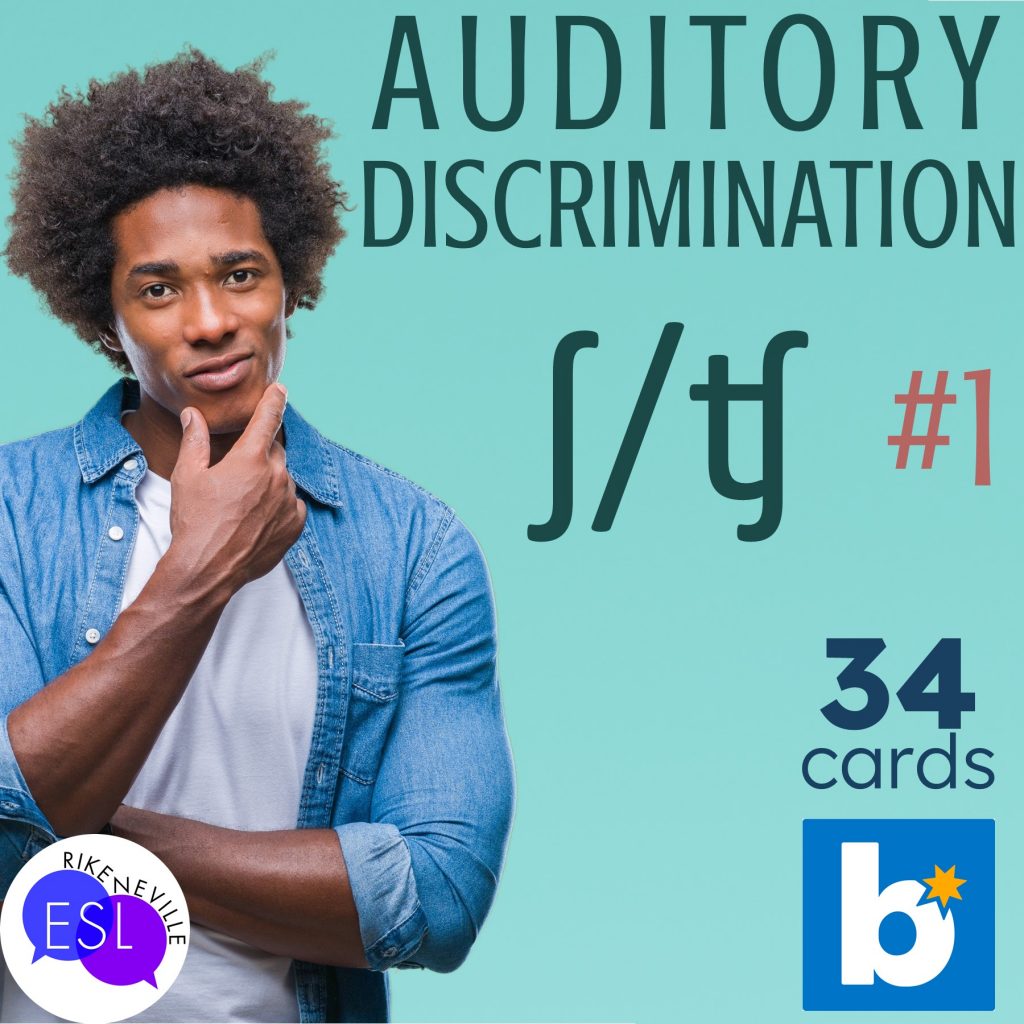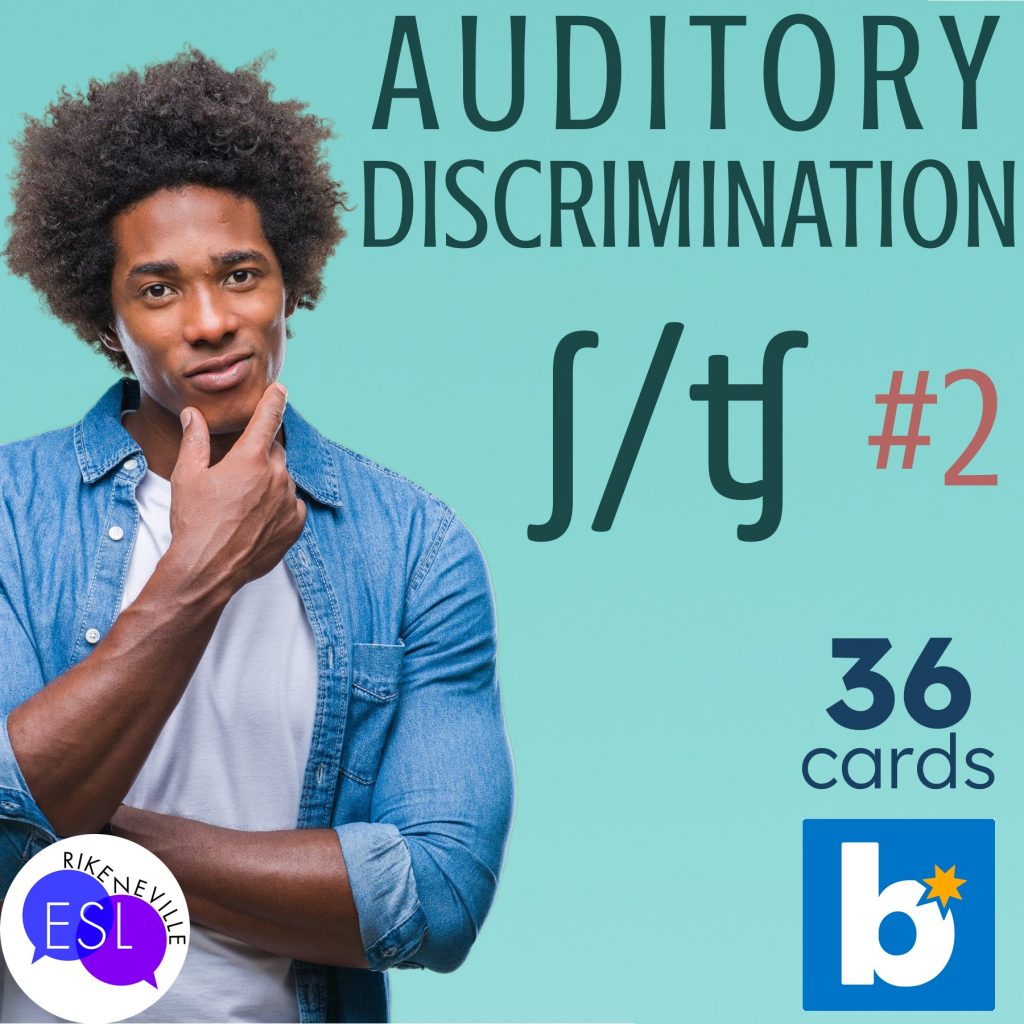
The pronunciation of sh/ch is a bigger problem than you might think! Whenever I heard teasher, I knew to look towards one of my Saudi students, not the ones from Korea or Spain or but sometimes one of the students from the Ivory Coast. These were the students who would ask where they could find another share, liked something very mush, and on one very memorable day, accused a classmate of sheating off of them. (Except, vowels were also a struggle so that student used a short i sound instead of the long e.)

You’re not teaching a parrot.
Simply having your students try to repeat a word after you over and over will most likely cause frustration. For one thing, they might not even hear a difference between what you say and what they say. As the Arabic spoken in Saudi Arabia doesn’t have the /ʧ/ sound, creating that sound can be quite a challenge for some of your students.
Method #1: Find out how their first language affects their pronunciation of sh/ch
In the case of my Saudi students, the challenge lay in the absence of a /ch/ or /ʧ/ sound in their language. The /sh/ or /ʃ/ exists in Arabic, so that is the sound many Saudi students will use in place of /ʧ/. If one of your students is making a substitution, do a google search and find out if their language utilizes the /ʧ/ sound to know if you are dealing with a language cause or a possible speech disorder cause.
Sometimes a sound is possible in the initial position, but impossible in the final position. This often affects how your students will use the sound in English. For example, you may have heard your Korean students say, “Englishee.”
Method #2: Teach pronunciation-related vocabulary.

Because the difference in the sounds of /ʧ/ and /ʃ/ occur inside the mouth, having them watch your mouth as you make the sounds won’t help.
Try it in front of a mirror–your lips go into the same position and move in the same way for both sounds. It’s your tongue that creates the difference.
This means you’ll need to describe to students where they need to place their tongue and how to move it.
Some vocabulary words that would be useful include tip, top, blow, gum, hard palate, upper, side, protruded (or pursed/pushed out), vocal cords, vibrate, unvoiced, combination/combine, ridge, airflow, drop/lower.
Method #3: Use minimal and similar pairs.

Minimal and similar pairs aren’t just for drilling students on sound production. They are also helpful in showing WHY making the distinction between sounds is important. You might need to tell the dentist that you can’t chew without pain, but you wouldn’t say you can’t shoe without pain. One might order a cheese sandwich, but if a “she’s sanwish” is what they hear at the drive-thru, confusion is likely.
By practicing with pairs, students are constantly moving their tongue to create /ʃ/ sound and then the /ʧ/. This actually helps exercise the tongue and makes putting the tongue in those positions more natural-feeling. If your language doesn’t have one of those sounds, saying anything with it will feel unnatural and that can make it harder to remember how to do it and to do it.
Find pre-made digital sh/ch resources in my BOOM store and a printable sh/ch resource in my TpT store.
One More Quick Tip
Teaching your students how (and when) to make the /ʧ/ sound vs. the /ʃ/ sound isn’t about eliminating an accent. It’s about reducing a pronunciation challenge enough that your students can communicate on the level that they need/want to. As for that quick tip, I’ve found that telling students the /ʧ/ sound is a quick punch, and the /ʃ/ sound is a gentle caress helps them remember the difference.
Read more about pronunciation in adult ESL!
- Pronunciation Truly Matters!
- Improve English Pronunciation with 4 Strategies to Overcome Strong Accents
- Two Helpful Tips for Teaching Pronunciation
- 4 Surefire Strategies for Refining R/L PronunciationCreate
- Listening Labyrinths Using Minimal Pairs: a Step by Step Guide
Grab these sh/ch minimal pair cards!
Subscribe to my newsletter and grab these FREE full-color cards for EIGHT sh/ch minimal/similar pairs you can use with your students.
Point me to those BOOM cards for SH/CH!






Leave a Reply